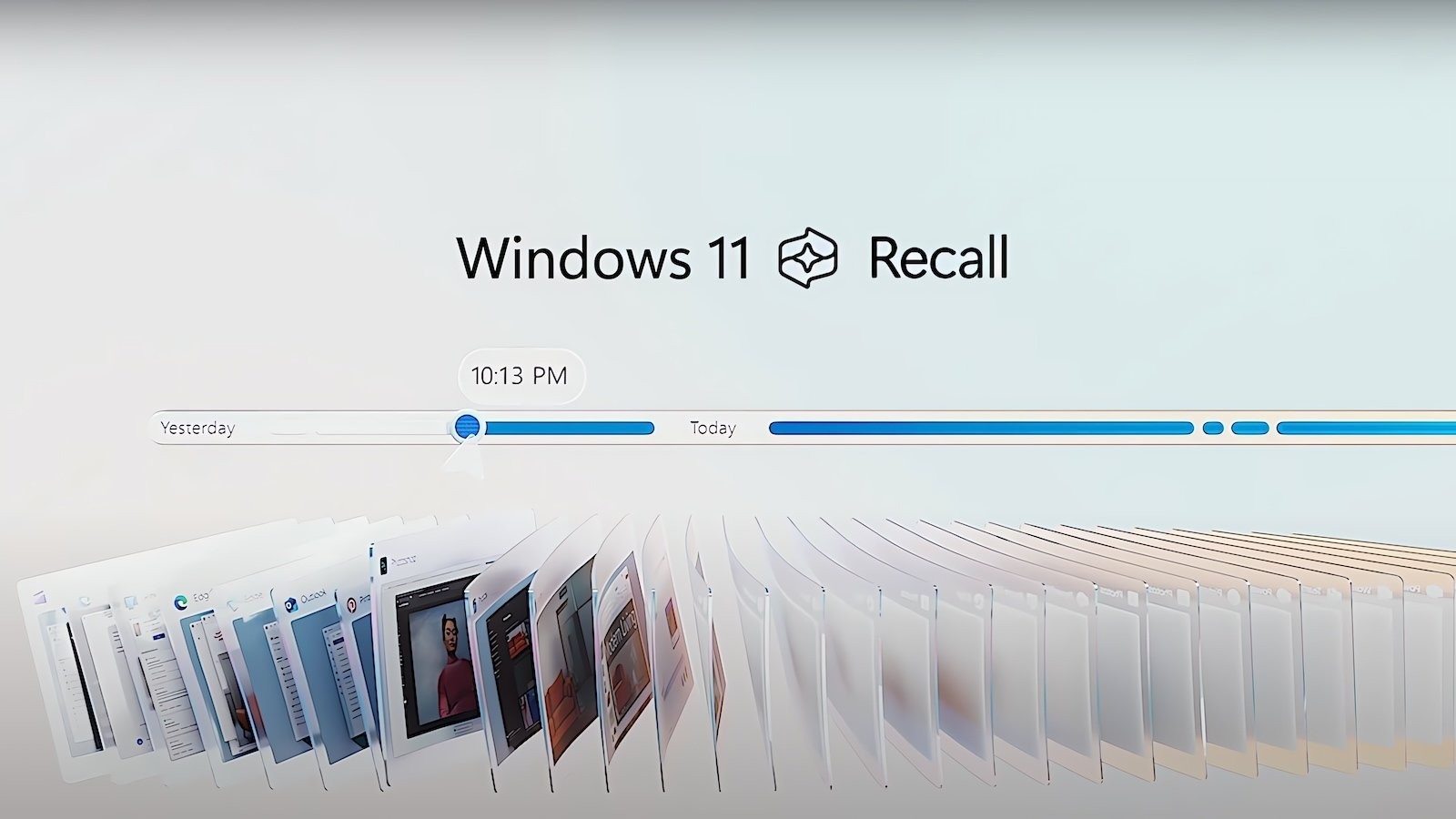
Microsoft has announced plans to roll out a revised version of its controversial Recall feature to Windows Insider PCs starting in October. This move comes after the company initially paused the feature's launch due to privacy and security concerns.
What is Recall?
Recall is a Windows service designed to run in the background, continuously capturing screenshots of user activity. It then uses optical character recognition (OCR) to scan these images and store the extracted text in a searchable database on the user's PC. The feature aims to help users retrace their steps and find information they've previously accessed or worked on.
Addressing Security Concerns
The original version of Recall faced criticism due to its lack of security measures. The database, which could potentially contain sensitive information like passwords and financial details, was not encrypted and could be easily accessed by other users or potential attackers.
In response to these concerns, Microsoft has announced several changes to the feature:
- The database will now be encrypted at rest.
- Users will need to authenticate using Windows Hello to access the database, with periodic re-authentication required.
- Recall will be turned off by default, requiring users to manually activate it in Settings.
Availability and System Requirements
The revised Recall feature will initially be available to Windows Insiders for testing. To use Recall, PCs must meet the Copilot+ system requirements, including:
- A processor with a neural processing unit (NPU) capable of at least 40 trillion operations per second
- 16GB of RAM
- 256GB of storage
Microsoft plans to extend support for Copilot+ features, including Recall, to x86 builds of Windows for Intel and AMD processors later this year.
Looking Ahead
As Microsoft prepares to reintroduce Recall, the company emphasizes its commitment to security. A detailed blog post with more information about the feature is expected when it becomes available to Windows Insiders in October.
While these changes address many of the initial concerns, it remains to be seen how users and security experts will respond to the revised version of Recall. As with any feature that involves data collection, users should carefully consider the potential risks and benefits before enabling it on their systems.